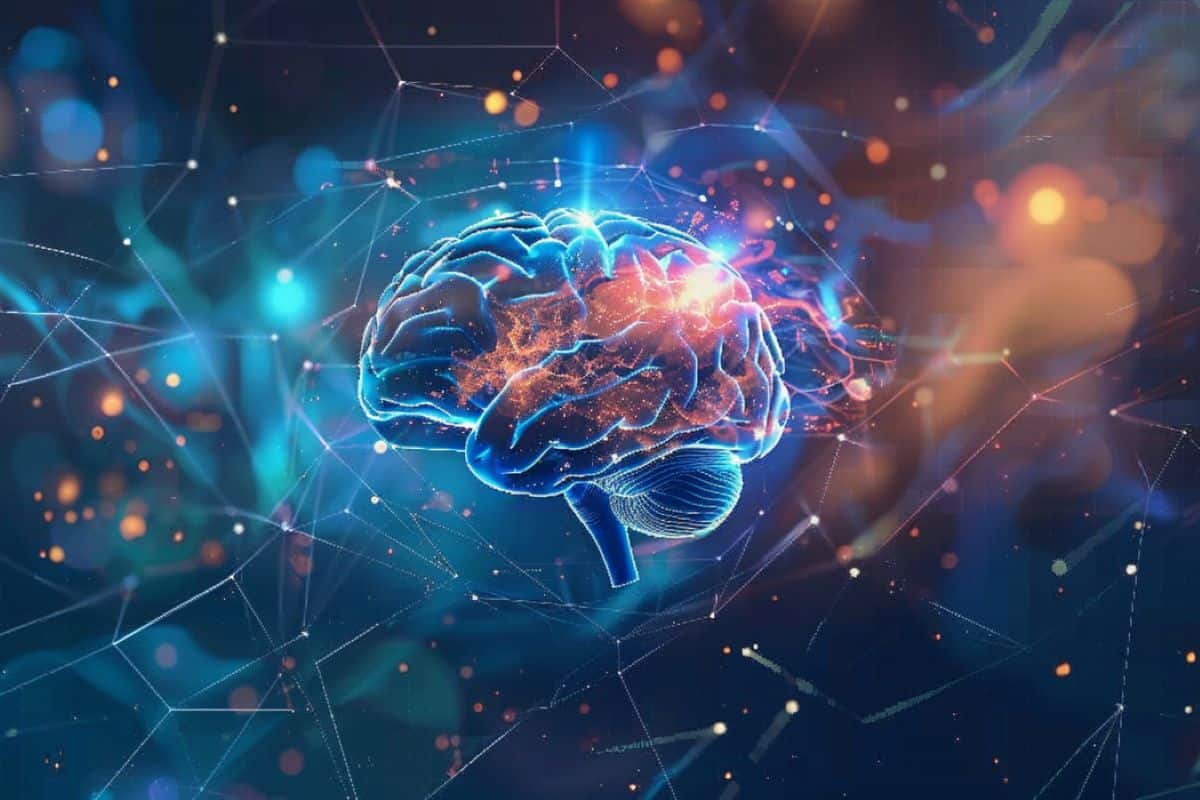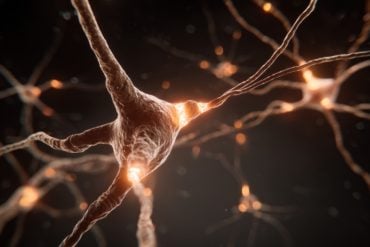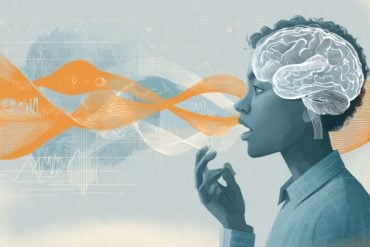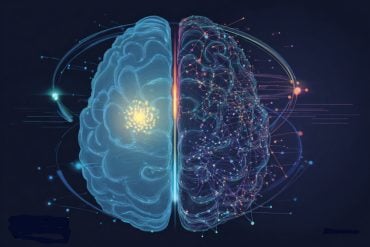Summary: Researchers identified a key mechanism that detects when the brain needs an energy boost, involving astrocytes and the molecule adenosine. This discovery could lead to new therapies for maintaining brain health and longevity, particularly in combating cognitive decline and neurodegenerative diseases.
The study found that astrocytes monitor neuronal activity and activate energy supply pathways, ensuring efficient brain function. This breakthrough offers potential treatments for conditions like Alzheimer’s disease.
Key Facts:
- Astrocytes play a crucial role in supplying energy to neurons during high-demand activities.
- The molecule adenosine is essential for activating astrocyte glucose metabolism.
- Disruption of this energy boost mechanism impairs brain function, memory, and sleep.
Source: UCL
A key mechanism which detects when the brain needs an additional energy boost to support its activity has been identified in a study in mice and cells led by UCL scientists.
The scientists say their findings, published in Nature, could inform new therapies to maintain brain health and longevity, as other studies have found that brain energy metabolism can become impaired late in life and contribute to cognitive decline and the development of neurodegenerative disease.

Lead author Professor Alexander Gourine (UCL Neuroscience, Physiology & Pharmacology) said: “Our brains are made up of billions of nerve cells, which work together coordinating numerous functions and performing complex tasks like control of movement, learning and forming memories. All of this computation is very energy-demanding and requires an uninterrupted supply of nutrients and oxygen.
“When our brain is more active, such as when we’re performing a mentally taxing task, our brain needs an immediate boost of energy, but the exact mechanisms that ensure on-demand local supply of metabolic energy to active brain regions are not fully understood.”
Prior research has shown that numerous brain cells called astrocytes appear to play a role in providing the brain neurons with energy they need. Astrocytes, shaped like stars, are a type of glial cell, which are non-neuronal cells found in the central nervous system.
When neighbouring neurons need an increase in energy supply, astrocytes jump into action by rapidly activating their own glucose stores and metabolism, leading to the increased production and release of lactate. Lactate supplements the pool of energy that is readily available for use by neurons in the brain.
Professor Gourine explained: “In our study, we have figured out how exactly astrocytes are able to monitor the energy use by their neighbouring nerve cells, and kick-start this process that delivers additional chemical energy to busy brain regions.”
In a series of experiments using mouse models and cell samples, the researchers identified a set of specific receptors in astrocytes that can detect and monitor neuronal activity, and trigger a signalling pathway involving an essential molecule called adenosine.
The researchers found that the metabolic signalling pathway activated by adenosine in astrocytes is exactly the same as the pathway that recruits energy stores in the muscle and the liver, for example when we exercise.
Adenosine activates astrocyte glucose metabolism and supply of energy to neurons to ensure that synaptic function (neurotransmitters passing communication signals between cells) continues apace under conditions of high energy demand or reduced energy supply.
The researchers found that when they deactivated the key astrocyte receptors in mice, the animal’s brain activity was less effective, including significant impairments in global brain metabolism, memory and disruption of sleep, thus demonstrating that the signalling pathway they identified is vital for processes such as learning, memory and sleep.
First and co-corresponding author Dr Shefeeq Theparambil, who began the study at UCL before moving to Lancaster University, said: “Identification of this mechanism may have broader implications as it could be a way of treating brain diseases where brain energetics are downregulated, such as neurodegeneration and dementia.”
Professor Gourine added: “We know that brain energy homeostasis is progressively impaired in ageing and this process is accelerated during the development of neurodegenerative diseases such as Alzheimer’s disease.
“Our study identifies an attractive readily druggable target and therapeutic opportunity for brain energy rescue for the purpose of protecting brain function, maintaining cognitive health, and promoting brain longevity.”
Funding: The researchers were supported by Wellcome, and the study involved scientists at UCL, Lancaster University, Imperial College London, King’s College London, Queen Mary University of London, University of Bristol, University of Warwick, and University of Colorado.
About this neuroscience research news
Author: Chris Lane
Source: UCL
Contact: Chris Lane – UCL
Image: The image is credited to Neuroscience News
Original Research: Open access.
“Adenosine signalling to astrocytes coordinates brain metabolism and function” by Alexander Gourine et al. Nature
Abstract
Adenosine signalling to astrocytes coordinates brain metabolism and function
Brain computation performed by billions of nerve cells relies on a sufficient and uninterrupted nutrient and oxygen supply.
Astrocytes, the ubiquitous glial neighbours of neurons, govern brain glucose uptake and metabolism, but the exact mechanisms of metabolic coupling between neurons and astrocytes that ensure on-demand support of neuronal energy needs are not fully understood.
Here we show, using experimental in vitro and in vivo animal models, that neuronal activity-dependent metabolic activation of astrocytes is mediated by neuromodulator adenosine acting on astrocytic A2B receptors. Stimulation of A2B receptors recruits the canonical cyclic adenosine 3′,5′-monophosphate–protein kinase
A signalling pathway, leading to rapid activation of astrocyte glucose metabolism and the release of lactate, which supplements the extracellular pool of readily available energy substrates.
Experimental mouse models involving conditional deletion of the gene encoding A2B receptors in astrocytes showed that adenosine-mediated metabolic signalling is essential for maintaining synaptic function, especially under conditions of high energy demand or reduced energy supply.
Knockdown of A2B receptor expression in astrocytes led to a major reprogramming of brain energy metabolism, prevented synaptic plasticity in the hippocampus, severely impaired recognition memory and disrupted sleep.
These data identify the adenosine A2B receptor as an astrocytic sensor of neuronal activity and show that cAMP signalling in astrocytes tunes brain energy metabolism to support its fundamental functions such as sleep and memory.






